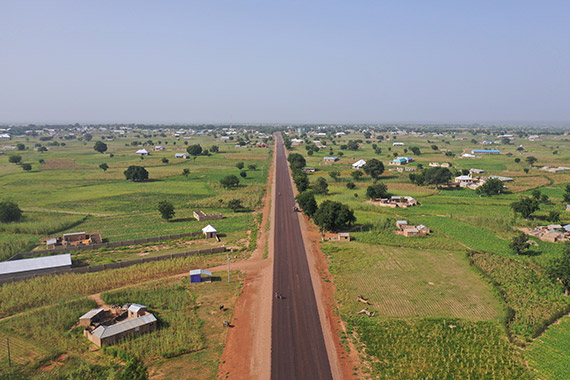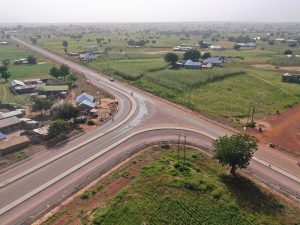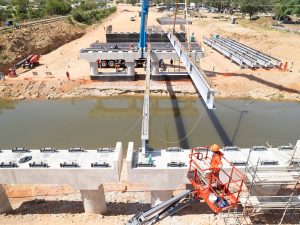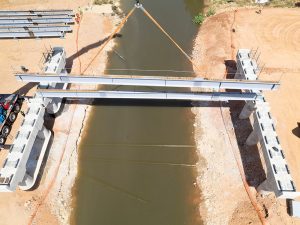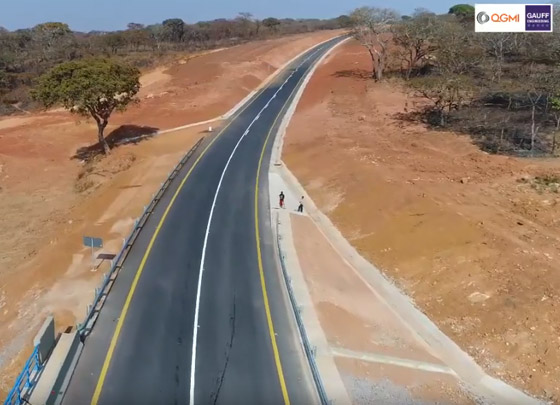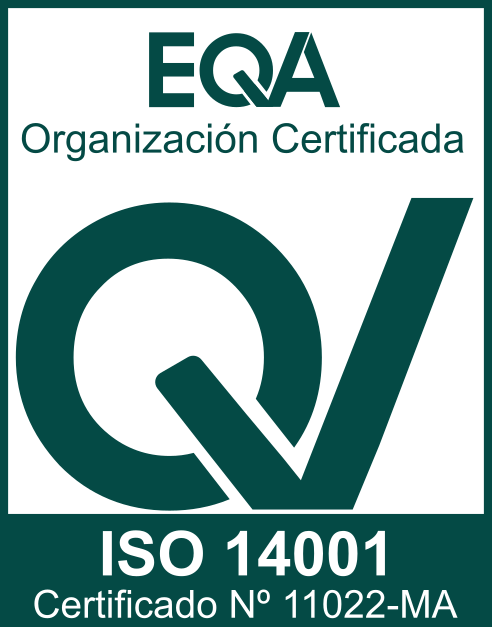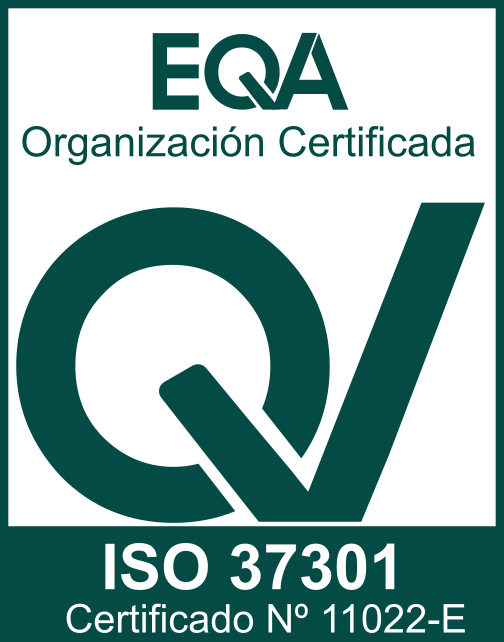BOLGATANGA-BAWKU-PULMAKOM ROAD
GHANA
Project justification
Road safety, reduce travel times, facilitate trade and the movement of goods, stimulate the economic development of the region… The improvement of 109 km of road in the Upper East Region of Ghana will undoubtedly benefit more than 750,000 people directly.
The scope of works includes:
- Reconstruction of the 109 km road, in double surface treatment, except for the first 2 km, paved with asphalt.
- Construction of a 6 km bypass in Bawku to divert heavy vehicle traffic away from the town centre.
- Development of three new bridges at the locations of existing bridges at Bolgatanga, Tilli and Bazua.
At QGMI, we re-designed this project to respect a migratory corridor of elephants passing through the area. We rehabilitated the road according to the IFC’s Environmental and Social Performance Standards. This included conducting biodiversity surveys in key sections of the corridor by a team of researchers from the National University of Science and Technology in Kumasi and the Department of Wildlife and Rangeland Management.
This research in turn forms the basis for measures to protect species living near the corridor. Finally, we implemented some Resettlement Action Plans to adequately compensate people whose land, crops or structures need to be acquired.
